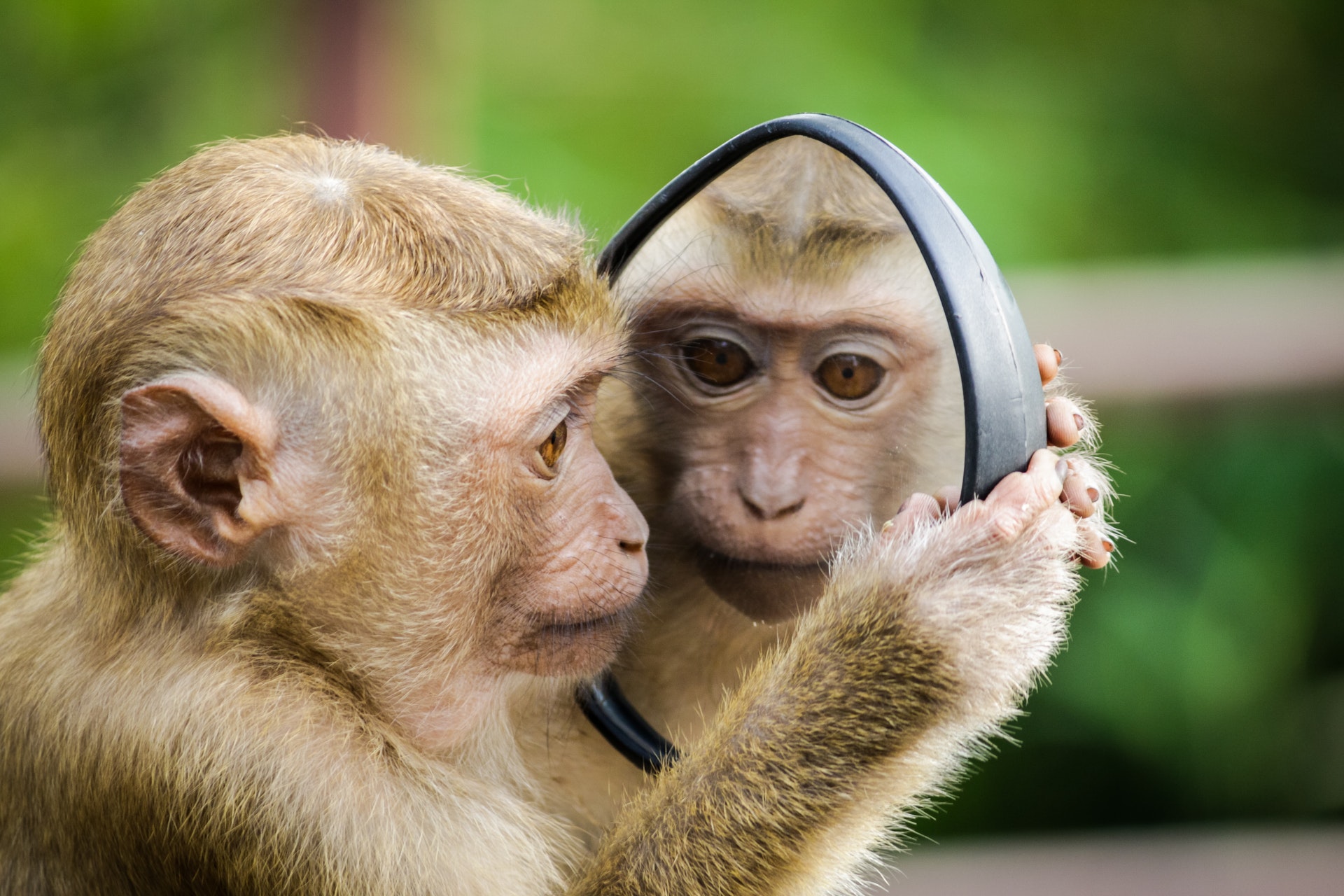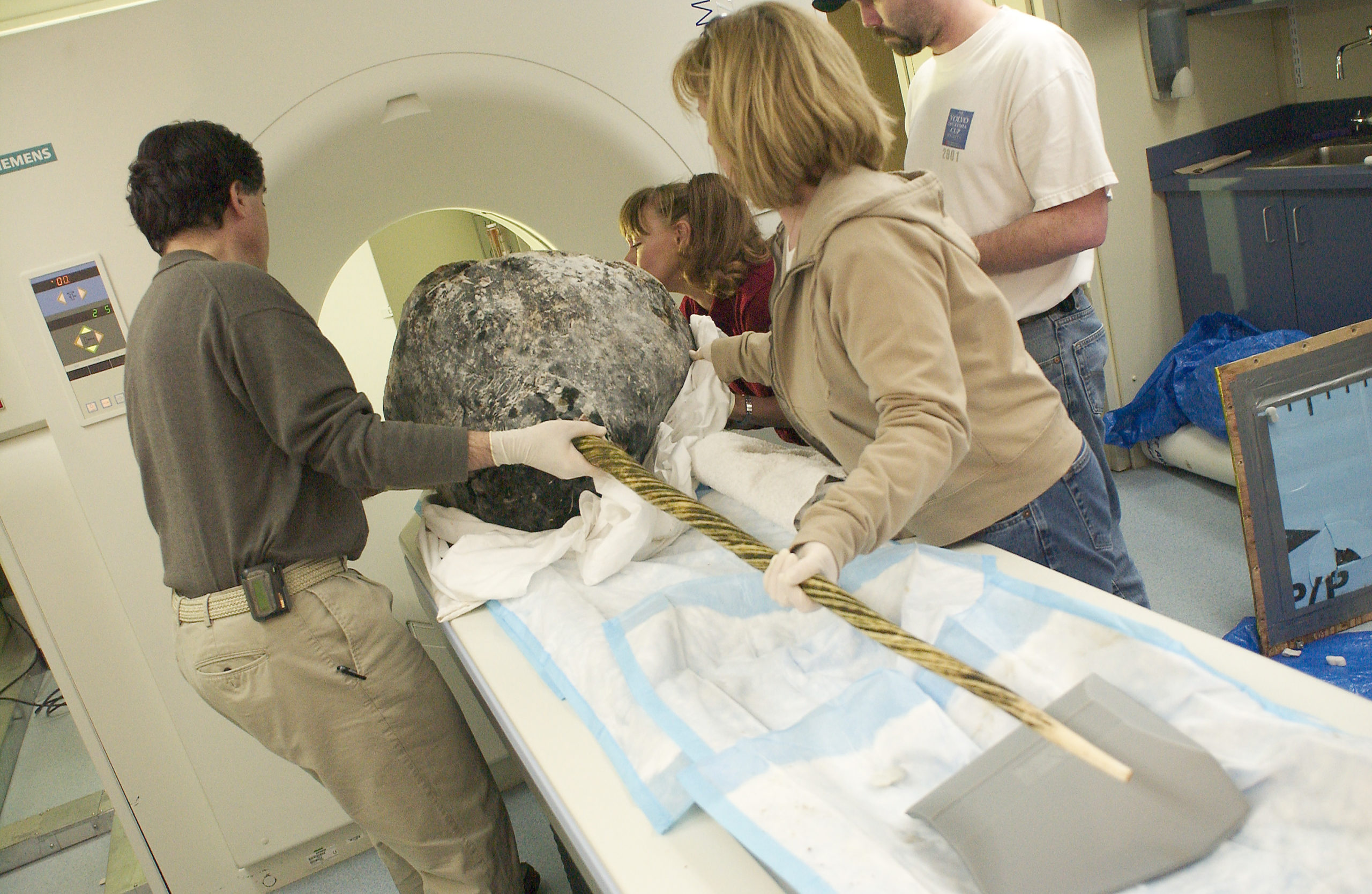Field Studies
Brain Networks for Speech & Song in Mammals
Vocal behavior is highly variable across mammals, ranging from simple grunts and barks to the complex vocal learning exemplified by human speech and the song of humpback whales. Although the neuroanatomical, electrophysiological, and molecular bases of this trait are being explored in a handful of species, an overall picture of how evolved genomic differences subserve learned vocal behavior remains elusive.
Words & Story by Morgan Wirthlin, Carnegie Mellon University (Andreas Pfenning Lab).
Collaborators: Irene Kaplow (CMU), Michael Kleyman (CMU), Siddharth Annaldasula (MPI Molecular Genetics), William Stauffer (University of Pittsburgh), Michael Yartsev (UC Berkeley)

Photo Left: Source from
Photographer Silvana Palacios
In brain regions involved in vocal behavior, we previously identified convergent changes in gene expression unique to vocal learning taxa, but not present in their vocal non-learning relatives. Given the intriguing possibility suggested by these findings that there may exist fundamental genetic mechanisms for the evolution of learned vocal behavior, we sought to discover whether this convergence also exists at the level of the regulatory sequences that control gene expression. We assessed the epigenomic profile of several brain regions involved in vocal control in macaque, rat, and Egyptian fruit bat using ATAC-seq, a technique to assess genome-wide chromatin accessibility. Integrating these and other open chromatin datasets, we improved our existing pipeline for mapping putative regulatory sequences across the breadth of mammalian species sequenced and aligned within the Zoonomia Project, and identified conserved sets of regulatory sequences involved in brain-specific activity. We then analyzed these orthologous regulatory sequences to assess the possibility of differential transcription factor binding that could explain the differences in gene regulatory activity in brain regions involved in vocal behavior, which could ultimately explain the evolution of phenotypic differences in vocal behavior observed across species. Our work points to genomic changes in gene regulatory regions, rather than those in protein-coding sequences, as a hotbed for the evolution of mammalian vocal behavior.

Photo Left: Source from
Photographer Andrey Mouton






